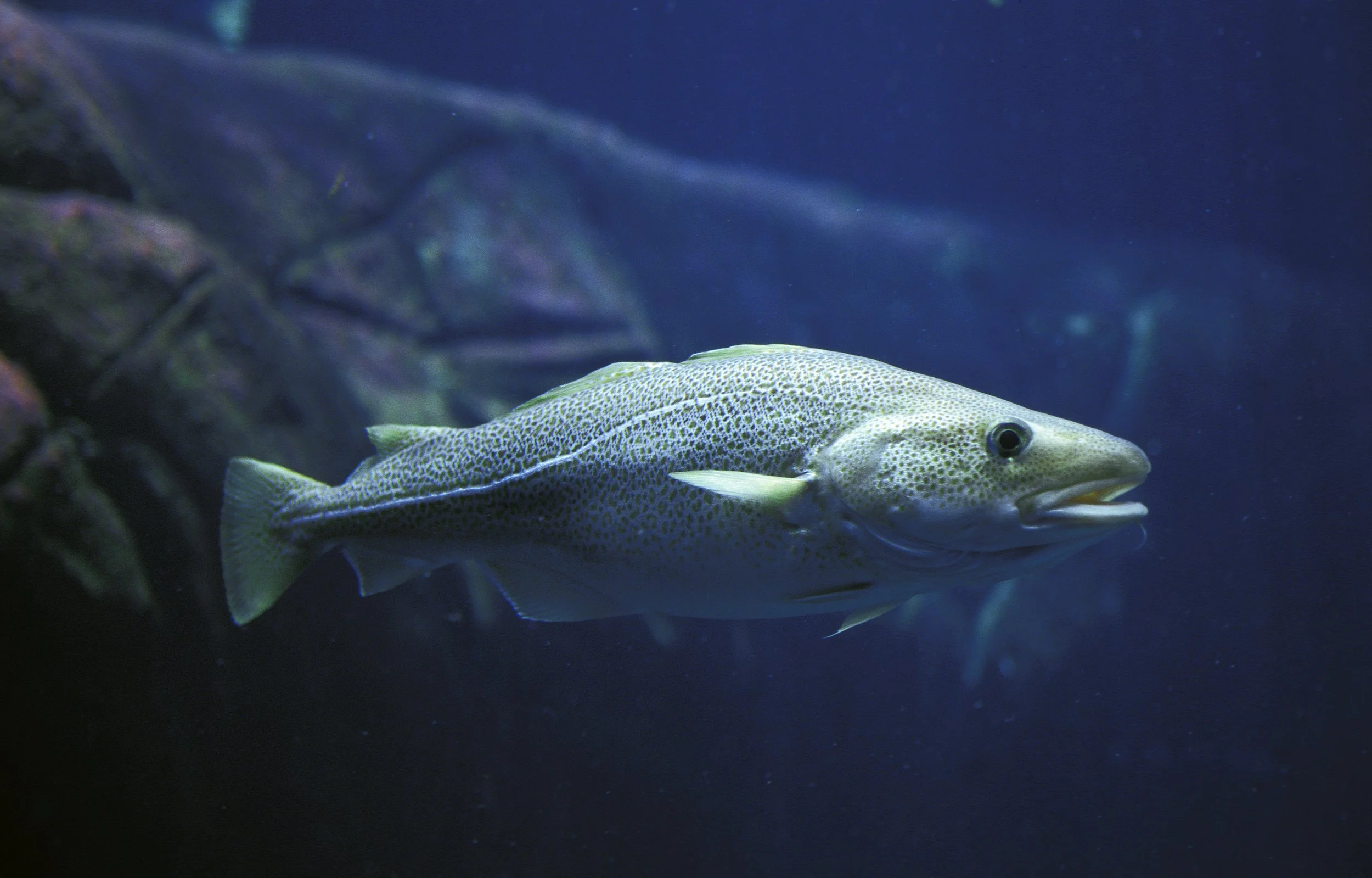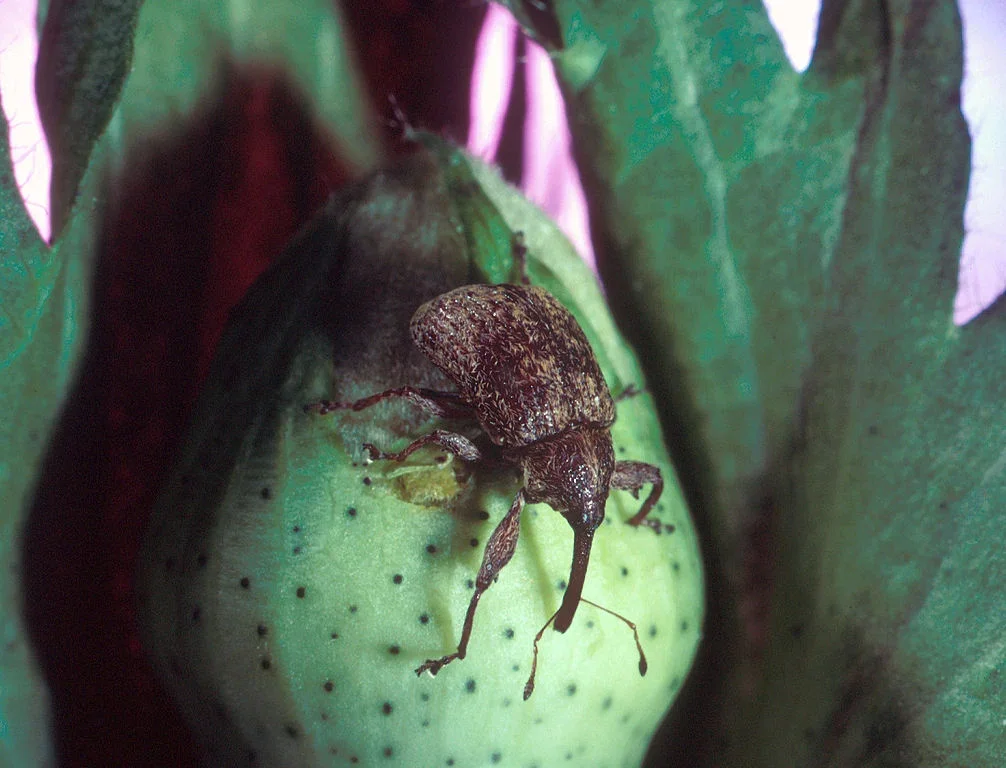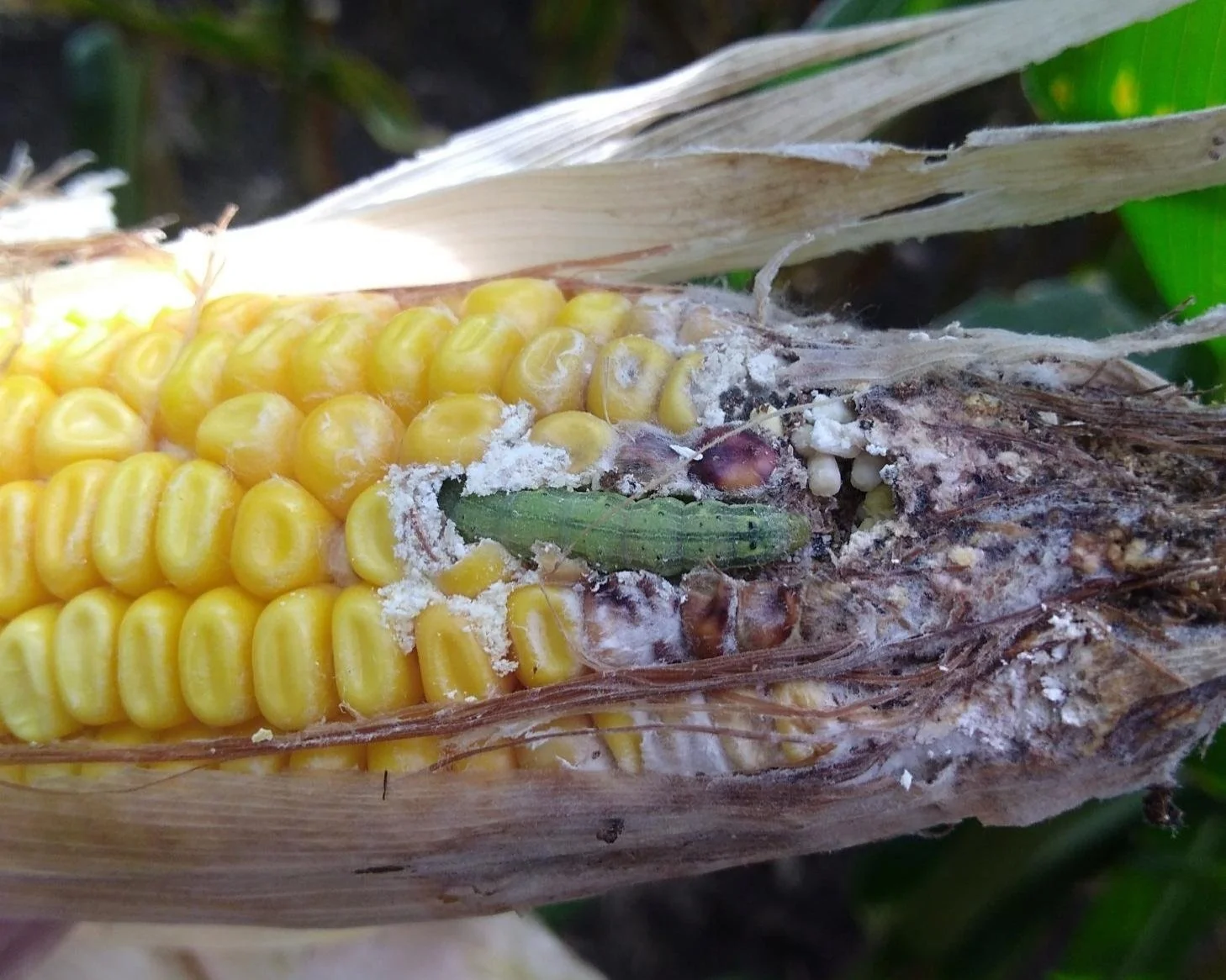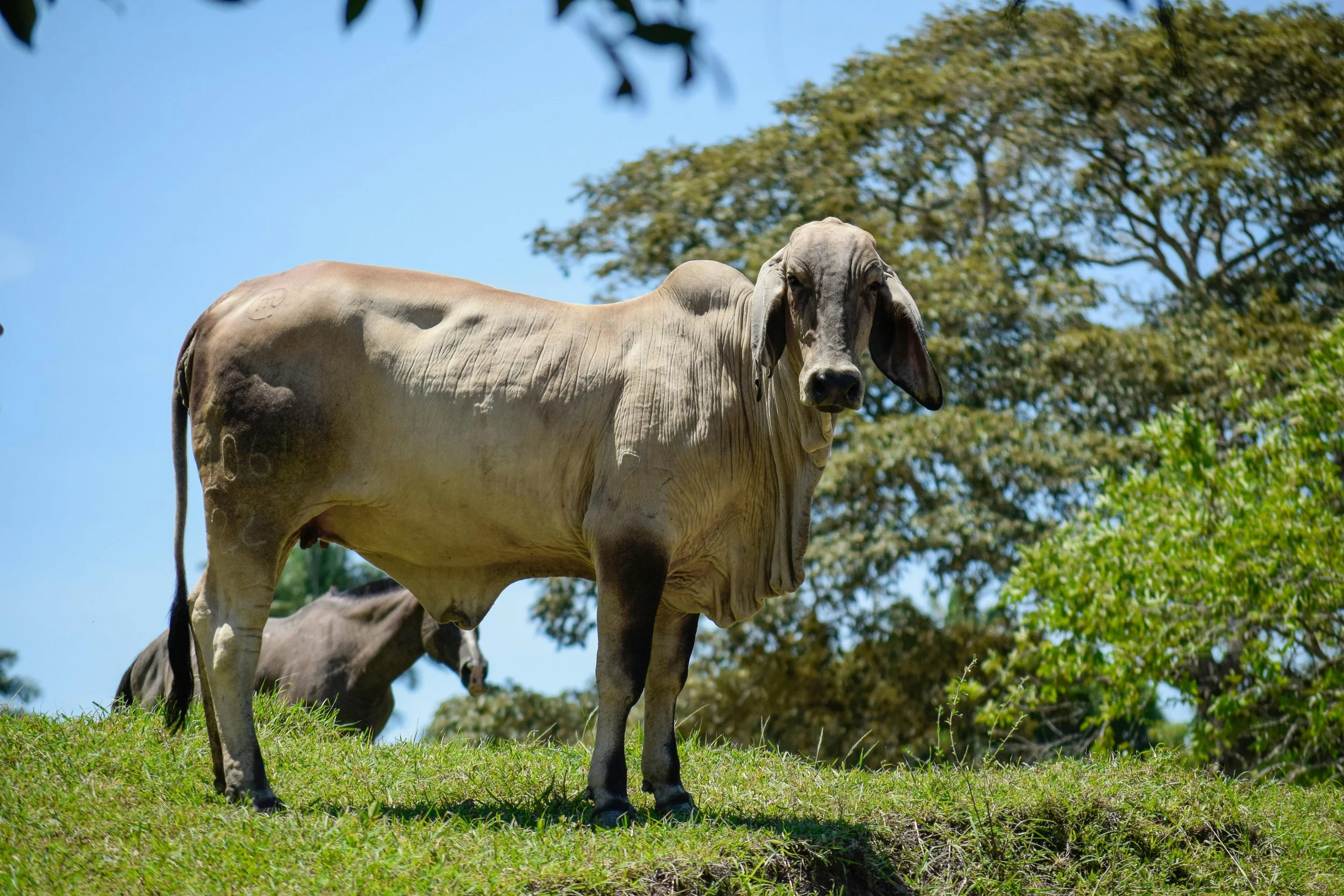Genomes Advancing Agriculture
Reference Genomes Generated by (EBP)-affiliated projects
Publicly available high-quality reference genomes are being generated rapidly; already, EBP-affiliated projects have sequenced 3,956 Eukaryotic species, and the pace of genome sequencing and annotation is quickening. Here are a few papers from EBP-affiliated projects that exemplify how rapidly scientific breakthroughs are occurring, accelerated by access to the vast digital library of Eukaryotic reference genomes that EBP-affiliated projects continue to increase.
An Arabidopsis single-nucleus atlas decodes leaf senescence and nutrient allocatioN
“Here, we generated a comprehensive Arabidopsis single-nucleus transcriptomic atlas using over 1 million nuclei from 20 tissues encompassing multiple developmental stages. Our analyses identified cell types that have not been characterized in previous single-protoplast studies and revealed cell-type conservation and specificity across different organs. Through time-resolved sampling, we revealed highly coordinated onset and progression of senescence among the major leaf cell types.”
10,000 Plant Genomes Project
Authors: Guo, X., Wang, Y., Zhao, C., Tan, C., Yan, W., Xiang, S., Zhang, D., Zhang, H., Zhang, M., Yang, L. and Yan, M.
Journal: Cell
Published: 2025
Thale cress (Arabidopsis thaliana) is a small plant from the mustard family (Brassicaceae), and is native to Eurasia and Africa. This reference genome was generated by 10KP.
Atlantic cod (Gadus morhua) is one of the two most important species of cod and has a high economic value to countries such as Iceland and Norway in the Atlantic region. The chromosome-level genome for G. morhua was generated by the Vertebrate Genomes Project. Additional genomes for this species were generated by both EBP Norway and the Canadian BioGenome Project. Image credit Peter Prokosch.
Chromosomal inversions mediated by tandem insertions of transposable elements
“Here, we identify and quantify TEs in the breakpoints of the four large-scale inversions previously reported in Atlantic cod, leveraging on three high-quality long-read-based reference genome assemblies for the Norwegian Coastal cod, the Northeast Arctic cod and Celtic cod ecotypes.”
Earth BioGenome Project Norway
Authors: Araya RA, Reinar WB, Tørresen OK, Goubert C, Daughton TJ, Hoff SN, Baalsrud HT, Brieuc MS, Komisarczuk A, Jentoft S, and Cerca J.
Journal: bioRxiv
Published: 2025
Pangenomics Links Boll Weevil Divergence With Ancient Mesoamerican Cotton Cultivation
“Our study builds on these advancements by leveraging whole-genome and population level sequencing data. We aim to elucidate the role of SVs [structural variations] in adaptive trait evolution, integrate SV and SNV data for demographic analyses and introduce a refined vocabulary for SVs—termed structural polymorphisms (SLPs).”
i5K initiative and Ag100Pest
Authors: Cohen ZP, Perkin LC, Raszick TJ, Sim SB, Geib SM, Childers AK, Sword GA, and Suh CP.
Journal: Molecular Ecology Resources
Published: 2025
Boll Weevil. Two boll weevil species, the rampant cotton boll weevil pest (Anthonomus grandis grandis) and the closely related non-pest subspecies (Anthonomus grandis thurberiae), were both genome sequenced by i5k (in collaboration with EBP-affiliated Ag100Pest Initiative). Ag100Pest Initiative then used a pangenome approach to identify molecular differences between pest and non-pest varieties that can be utilized for the development of an in-field quick diagnostic tool to rapidly identify the pest from the non-pest variety. Image credit: Agricultural Research Service of the United States Department of Agriculture.
Maize (Zea mays) is a globally significant crop, originally domesticated in Mesoamerica and now cultivated across diverse environments worldwide. As maize spread to new regions, natural and artificial selection for local environmental conditions led to extensive phenotypic and genotypic variation. This reference genome was sequenced as part of 10KP.
A spatial transcriptome map of the developing maize ear
“In the present study, we aimed to construct a high-resolution spatial transcriptional atlas of developing maize ears using Stereo-seq. This approach generated a valuable data resource for investigating gene expression, cell type organization and regulatory networks, ultimately enhancing our understanding of the mechanisms that underlie maize ear development and promoting yield improvement efforts.”
10,000 Plant Genomes Project
Authors: Wang Y, Luo Y, Guo X, Li Y, Yan J, Shao W, Wei W, Wei X, Yang T, Chen J, Chen L, Ding Q, Bai M, Zhuo L, Li L, Jackson D, Zhang Z, Xu X, Yan J, Liu H, Liu L, and Yang N.
Journal: Nature plants
Published: 2024
The USDA-ARS Ag100Pest initiative: high-quality genome assemblies for agricultural pest arthropod research
“The United States Department of Agriculture's Agricultural Research Service initiated the Ag100Pest Initiative to generate reference genome assemblies of arthropods that are (or may become) pests to agricultural production and global food security[...] Contig-level assemblies of 47 species are presented, all of which were generated from single specimens.”
Ag100Pest initiative
Authors: Childers AK, Geib SM, Sim SB, Poelchau MF, Coates BS, Simmonds TJ, Scully ED, Smith TPL, Childers CP, Corpuz RL, Hackett K, and Scheffler B.
Journal: Insects
Published: 2021
The Corn Earworm Pest (Helicoverpa zea) reference genome was sequenced by the i5k and Ag100Pest Initiatives. Image credit: Brad Coates.
The Brahman cow (hybrid species: Bos indicus x Bos taurus) high-quality reference genome was generated by the Vertebrate Genomes Project (VGP). VGP has generated hundreds of high-quality reference genomes, frequently targeting critically important livestock species such as cow, sheep, rabbit, chicken, and ducks, to name a few.
The Ruminant Telomere-to-Telomere (RT2T) Consortium
“By virtue of both very accurate long and ultralong sequencing technologies, T2T assemblies can resolve repetitive sequence regions that have been collapsed in earlier assembly approaches. Artifactual variants that would have been identified because of these collapsed regions will be reduced in number, and, conversely, more complete assemblies will allow for the identification of variants in previously uncharacterized regions of the genome. The higher accuracy of these new assemblies will also eliminate many artifactual variants that are called because of single-nucleotide and small insertion and deletion (indel) errors in the assembly.”
Ruminant T2T consortium and VGP
Authors: Kalbfleisch T.S., McKay S.D., Murdoch B.M., Adelson D.L., Almansa-Villa D., Becker G., Beckett L.M., Benítez-Galeano M.J., Biase F., Casey T., Chuong E., Clark E., Clarke S., Cockett N., Couldrey C., Davis B.W., Elsik C.G., Faraut T., Gao Y., Genet C., Grady P., Green J., Green R., Guan D., Hagen D., Hartley G.A., Heaton M., Hoyt S.J., Huang W., Jarvis E., et al.
Journal: Nature Genetics
Published: 2024
Occurrence and distribution of two bacterial brood diseases (American and European foulbrood) in US honey bee colonies and resistance to antibiotics from 2015 to 2022
“In the United States alone, the value of pollination services rendered by honey bees is estimated at approximately 17 billion [USD] annually, while the global figure reaches an impressive 215 billion [USD] (Calderone, 2012; Smith et al., 2013). However, the sustainability of these invaluable services is under threat, as evidenced by long-term declines in honey bee colony populations. Specifically, reports indicate a worrying decrease of 25% in European honey bee colonies and an even more concerning 60% reduction in U.S. colonies (Potts et al., 2010; Smith et al., 2013). Among the challenges, diseases present a specific and significant threat to bee health.”
Beenome100
Authors: Alburaki M, Abban SK, Evans JD, and Chen YP.
Journal: Journal of Apicultural Research
Published: 2024
The Buff-tailed Bumblebee (Bombus terrestris) is one of the most numerous bumblebee species in Europe, and is the main species used in greenhouse pollination. The high-quality reference genome for this species and hundreds of other pollinators were generated by Darwin Tree of Life.








